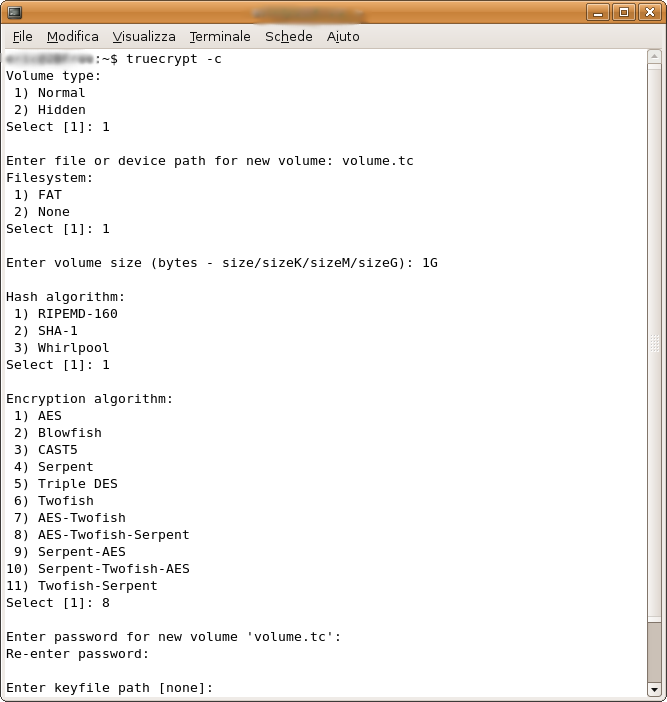

It is important to look for such kind of information. When a hidden volume is mounted, the operating system and third-party applications may write to non-hidden volumes information about the data stored in the hidden volume (e.g. Even when the outer volume is mounted, it is hard to prove whether there is a hidden volume or not. Hidden volume is a volume hidden within the free space of another TrueCrypt volume. It is important to look for anything that might be used as a keyfile (such as a 1024k file on a USB stick). TrueCrypt also supports keyfiles (it uses the first 1024 kilobytes of any file, but can also use it's PRNG to generate such keys).
#Truecrypt wikipedia password
Another solution is that can brute-force password to the file-based encrypted volumes.

AccessData's Password Recovery Toolkit and Distributed Network Attack ( DNA) can both perform such an attack, but DNA is faster. The only option for acquiring the content of a dismounted TrueCrypt drive is to do a brute-force password guessing attack. You may also need an additional datafile. Once the system is shutdown, the contents will be inaccessible unless you have the proper encryption key generated by a user's password. If you encounter a system that has a mounted TrueCrypt drive, it is imperative that you capture the contents of the encrypted drive before shutting down the system.


 0 kommentar(er)
0 kommentar(er)
